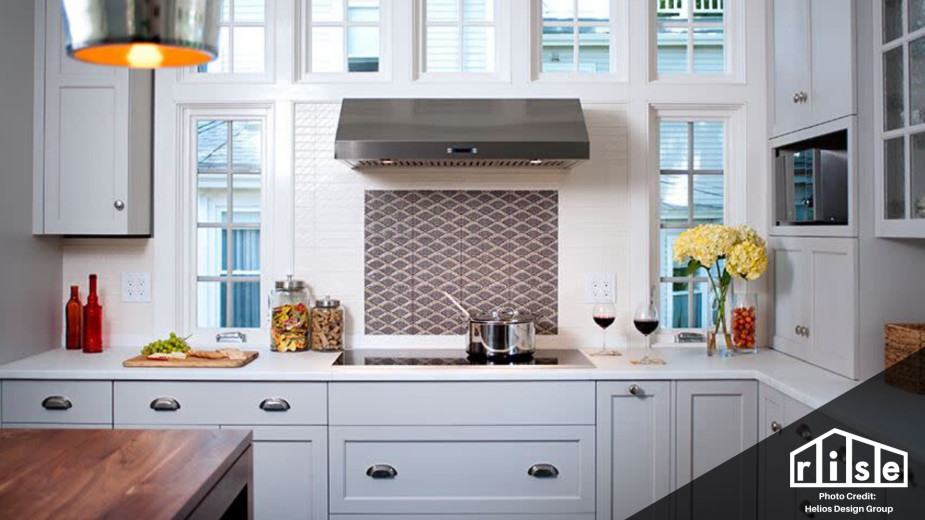
This article was written by Laura Bourland and originally posted on BuildwithRise.com in June 2020.
Traditional gas and electric stoves most common in new builds leak heat as they cook your food. In addition to heating your dinner, they also create a very hot cooking surface, a sweltering kitchen environment - creating a warmer house overall. Induction cooktops provide a modern and efficient cooking experience at home while using less power than other electric stoves and cooktops.
What is an Induction Cooktop?
Induction cooktops are an extremely safe and energy-efficient choice. Unlike gas and electric ranges, induction ranges use electromagnetism to efficiently transferring heat directly to the pot or skillet on the cooktop and not the cooktop surface itself. Alternative cooking methods require indirect heat transfer through conduction, convection, or radiation, all of which require more energy.
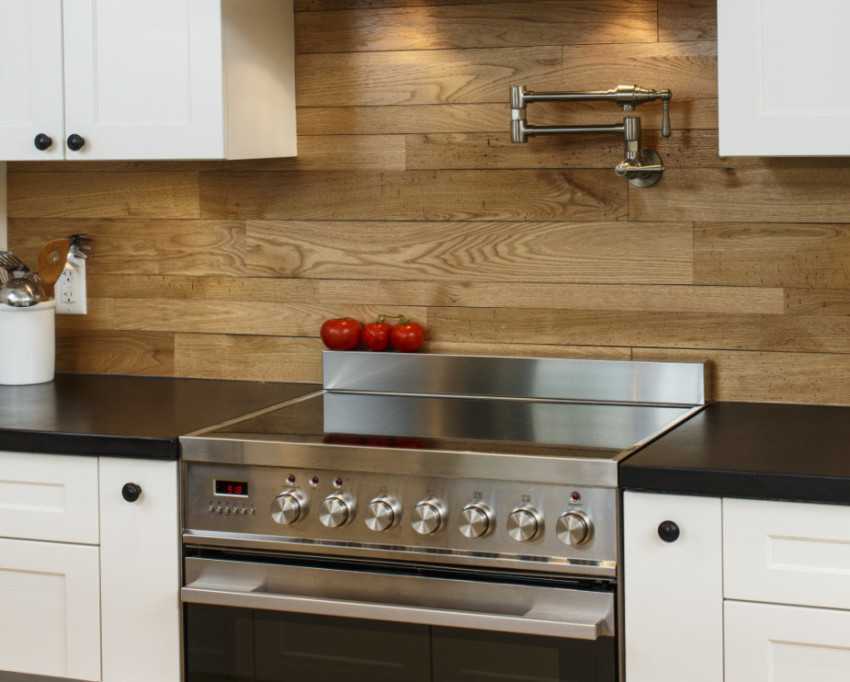
Induction Range. Photo Credit: The Conscious Builder
How Does An Induction Cooktop Work?
Induction stoves heat using a process called electromagnetism. This reaction takes place between induction-compatible cookware and the coils, located just below the slim induction cooktop's surface. In this process, the heat is directed at the pot or skillet only, keeping the rest of the cooking surface and your home significantly cooler.
In fact, tests have shown that induction cooktops are very safe.
Is An Induction Cooktop Safe?
Induction cooking surfaces will only transfer heat to magnetic cookware at least the size of a small pot. The stove is smart enough to recognize things like stray silverware, metal jewelry, and other items. It makes it impossible to burn yourself, or for food to stick to the surface or melt items that find their way to the cooktop. That makes for much easier cleanup. You can even leave a plastic bag or takeout container right on the burner, and it won't even melt!
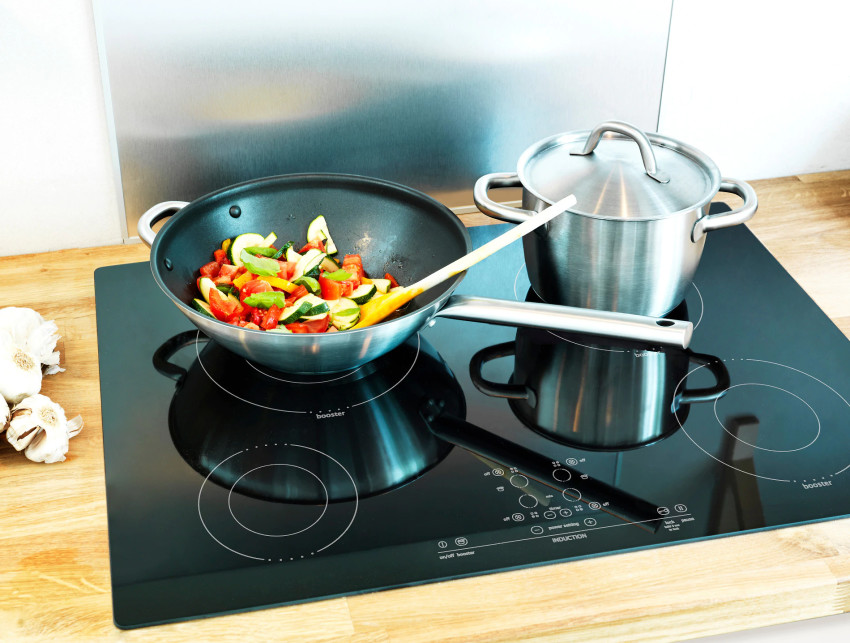
Nutid Induction Cooktop. Photo Credit: Ikea
Are Induction Cooktops Better Than Gas Ranges?
Electric is currently the most energy-efficient and widely used cooking method in the home, more so than gas, with induction being the most efficient. Traditional electric cooktops and ranges use 65-70% of the heat generated to cook food and 40% for gas while induction cooktops use 90%.
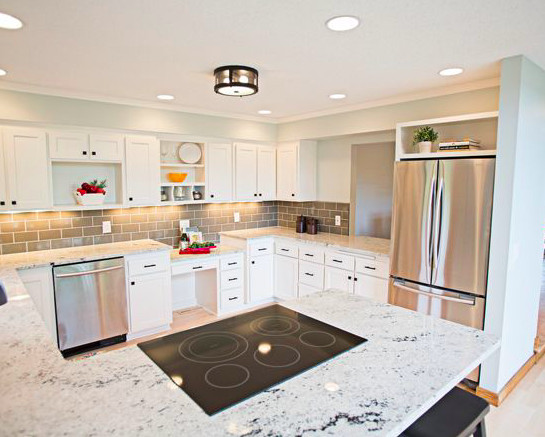
Induction Cooktop. Photo Credit: Constructive Builders
Since gas stoves only transfer 40% of the generated heat to cooking, it adversely disperses the other 60% to the cooktop, your home, and your family. They use natural gas that, in turn, releases byproducts like carbon monoxide into your home. Though rare, gas stoves could leak gas into your home, creating a dangerous, and even deadly, environment if the gas is left on or leaking. You might not even know it's happening if your pilot light is blown out, which can occur at any time.
Induction stoves don't use gas at all, thus eliminating such danger and reducing your family's consumption of precious natural resources. And, they are very energy-efficient in directing heat right at your dinner with less than 20% heat loss.
Electric cooktops operate similarly but use radiant heat rather than electromagnetism to cook. Electric cooktops not only heat the entire cooking surface but also take significantly longer to adjust the temperature. When adjusting the heat on an induction stove, the temperature change is immediate, making for more efficient cooking and less energy loss.
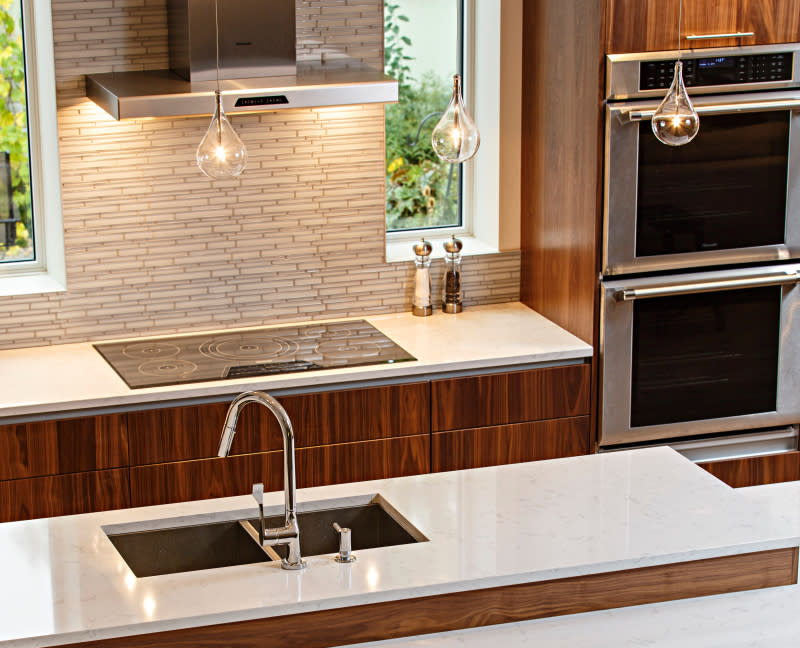
Induction Cooktop. Photo Credit: The Conscious Builder
How Do You Clean an Induction Cooktop?
Remove dried food using a glass scraper at a 20-degree angle to prevent scratching or damaging the cooktop and wipe with a damp cloth. Next, apply white vinegar or a cooktop rubbing cream and use a non-abrasive scrubbing pad to remove remaining food and oil. Wipe the surface with a cloth or paper towel until dry.
How To Install Induction Cooktops
Induction stoves don't need gas at all, making them an ideal cooking solution for apartments, condos, rural homes, and houses without gas hookups. Induction cooktops can vary in size from 12, 15, and 24 inches for smaller cooktops to 23, 30, and 36 inches for larger, four to five element cooktops. Induction cooktops can be a mere two inches thick, making it possible to install them on kitchen islands and or any other countertop in your kitchen. Ensure the cutout matches the cooktop dimensions and makes clearance for combustibles on their side of the cooktop and above and below. A grounded 240-volt circuit 60 Hz, a 50-amp dedicated circuit is required. If you are replacing an existing cooktop, the current power supply may be adequate. Cooktops typically include bracket hardware to secure it in place. While most induction cooktops have an installation manual, it's recommended to contact a trusted local installer, so the job is completed to code.
Can Induction Cooktops Only Be Installed In The Kitchen?
An induction cooktop could also be installed with a smaller cooking surface in entertaining spaces. Induction cooktops can even be placed at lower levels for accessible and kid-friendly kitchens!
Can I Still Pair an Oven With an Induction Cooktop?
Homeowners who choose induction cooktops can install electric ovens separately. They have the freedom to place them in convenient locations such as at eye level on a wall, increasing the flexibility and usability of your unique kitchen. The options for installation are significantly more versatile than transitional stoves and ranges.
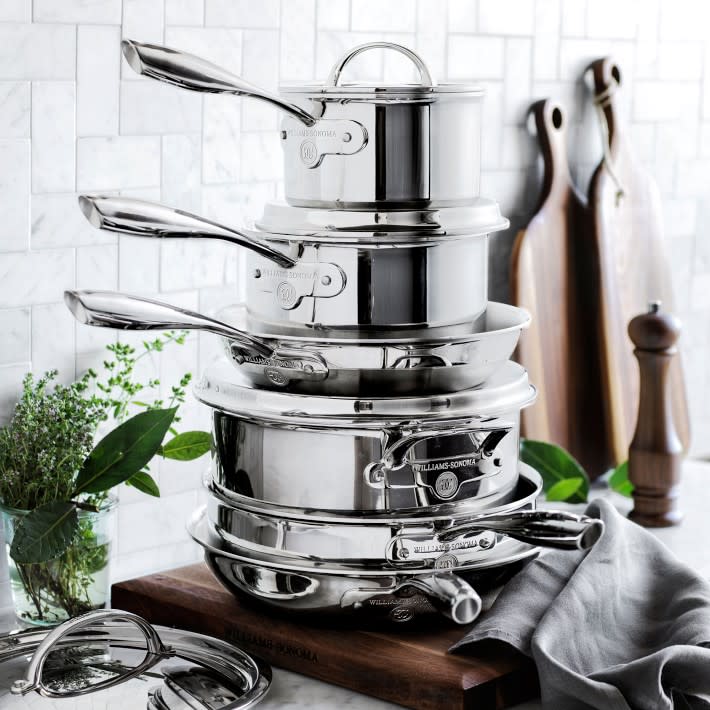
Induction Friendly Cookware. Photo Credit: William Sonoma
What Kind of Pans Can You Use on an Induction Cooktop?
Induction stoves do require that you choose induction-compatible cookware to conduct the electromagnetic energy transfer properly. This cookware has a magnetic bottom that interacts with the coils beneath the surface to transmit heat safely. Cookware without a magnetic base will not heat at all. That's why you can place your hand, plastic, glass, and paper on the surface without it burning. But that also means you won't be able to cook with Pyrex, aluminum, copper or glass on an induction cooktop.
Will My Pans Work With an Induction Cooktop?
If you already have cookware, you can test its induction capability by placing an ordinary refrigerator magnet on the bottom surface. If the magnet sticks to the bottom surface your cookware is induction-compatible. If it doesn't hold or the connection is weak, it won't work with an induction stove, which means it's time for an upgrade!
How Do You Buy Induction Cookware?
When shopping for cookware for your new induction cooktop, look for a label that states the cookware is induction cooking compatible. Most compatible cookware will be long-lasting stainless steel or cast iron. Some ceramic cookware is also induction-compatible due to a magnetic layer under the ceramic surface. Always check the label!
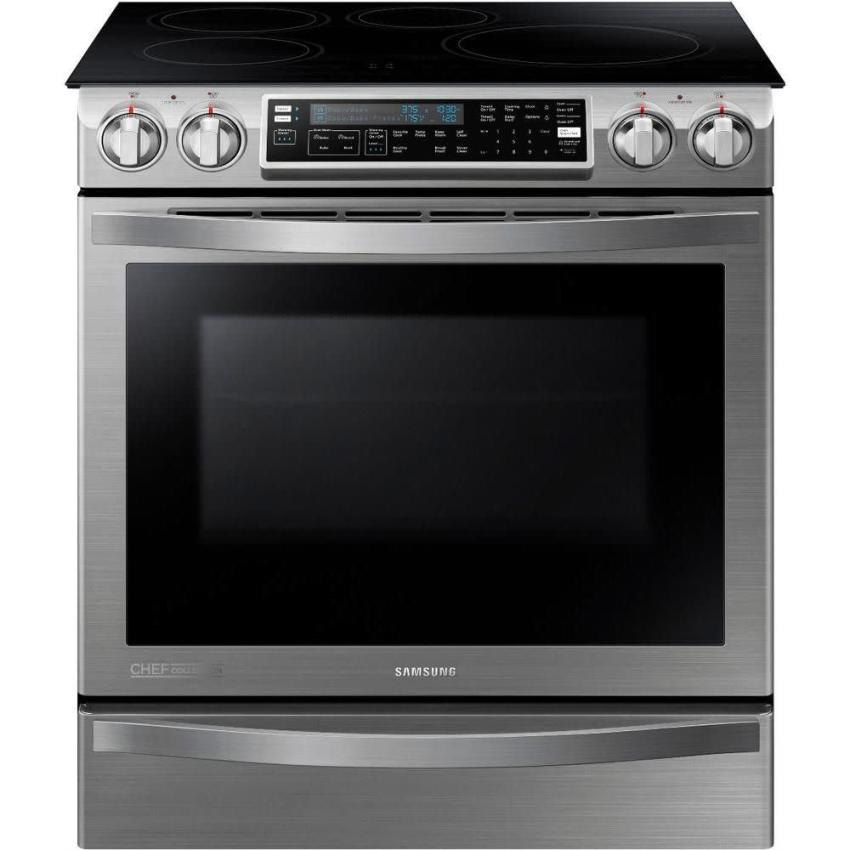
Samsung Induction Slide-in Range. Photo Credit: Samsung
Can I Cook With Induction Cooktops When the Power Is Out?
Of course, induction stoves aren't for everyone. Induction stoves do require electricity, meaning you won't be able to cook when the power is out. Induction cooktops may not be the most reliable choice for rural homes that lose power often.
Why Does My Induction Cooktop Buzz?
While induction stoves are extremely quiet, some will produce a slight buzzing, humming or clicking when switched on. That's the sound of the electromagnetic energy transfer. While most will not notice it, it's definitely something to consider when choosing a new stove for your sustainable home.
Do Digital Thermometers Work With Induction Cooktops?
In addition to switching to induction-capable cookware, you'll also have to return to traditional analog thermometers, as electromagnetism will interfere with accurate temperature readings on a digital thermometer.

Induction Range. Photo Credit: Reimagine Designs
How Long Does an Induction Cooktop Last?
The lifespan of an induction cooktop is measured in operating hours rather than years. Consumer-grade induction cooktops are usually manufactured to operate for 10,000 hours, while commercial-grade induction cooktops are manufactured to operate for 30,000 hours. It's important to note that Induction cooktops are known to have a longer life expectancy than induction ranges.
How Much Does an Induction Cooktop Cost?
Induction ranges are more expensive than traditional electric ranges but offer fast, effective, and precise cooking. Induction cooktops can range between $400 to $2,000, depending on build quality, power, size, and the number of cooking elements. The average induction cooktop ranges between $800 to $1,200 for four to five cooking elements.
Disclaimer: This article does not constitute product endorsement, and Rise has not been compensated in any way for mentioning or linking to these products.